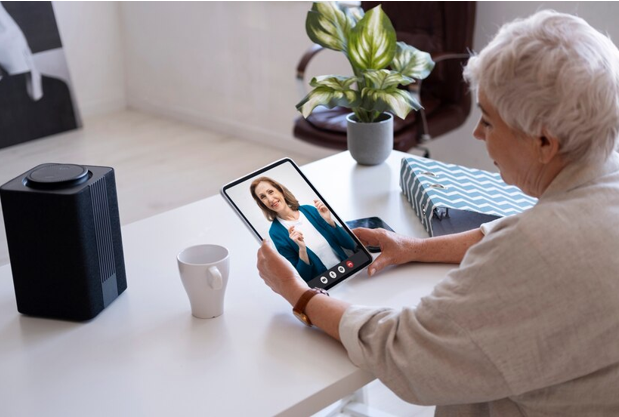Improving Patient Experience with Remote Healthcare Solutions
The healthcare industry is evolving rapidly, embracing technological advancements that enhance patient experience. Remote healthcare solutions, particularly telehealth, have emerged as pivotal in transforming how patients access medical services. This shift is significant, especially in areas like ophthalmology, where procedures such as LASIK are becoming more accessible through innovative care models.
The Rise of Telehealth
Telehealth refers to the delivery of healthcare services through digital communication technologies. This approach has gained momentum due to its convenience and efficiency. Patients can consult healthcare providers from the comfort of their homes. This eliminates the need for travel, saving time and reducing stress. As telehealth continues to expand, it plays a crucial role in bridging the gap between patients and providers.
Enhanced Accessibility
Accessibility is a primary benefit of remote healthcare solutions. Telehealth allows patients in rural or underserved areas to access specialists they might not otherwise see. For instance, individuals seeking LASIK consultations no longer need to travel long distances. Instead, they can connect with experienced ophthalmologists through virtual appointments. This ease of access improves patient satisfaction and leads to better health outcomes.
Improving Patient Engagement
Engaging patients in their healthcare journey is vital for successful treatment outcomes. Remote healthcare solutions foster greater patient engagement. Through telehealth, patients can actively participate in discussions about their care. They can ask questions and express concerns in real-time. This level of interaction builds trust between patients and providers, leading to a more collaborative approach to healthcare.
Streamlining LASIK Follow-Up Care
Follow-up care is crucial, especially after procedures like lasik. Traditionally, patients had to visit their eye doctors for check-ups. With telehealth, follow-up appointments can be conducted remotely. Patients can send photos or videos of their recovery progress. Physicians can assess healing without requiring an in-person visit. This convenience helps patients feel supported during their recovery while allowing doctors to monitor progress efficiently.
Addressing Barriers to Care
Telehealth also addresses common barriers to healthcare. For many patients, scheduling conflicts or transportation issues can hinder their ability to seek care. Remote healthcare solutions eliminate these challenges. Patients can schedule appointments at their convenience, and they can attend them from anywhere. This flexibility encourages patients to seek the care they need, ultimately leading to better health outcomes.
Utilizing Technology for Better Outcomes
The integration of advanced technology in telehealth enhances patient experience. For instance, virtual reality (VR) can be utilized to simulate LASIK procedures. Patients can visualize the process and outcomes before making decisions. This technology not only educates but also alleviates fears associated with surgery. The more informed patients are, the more confident they feel in their healthcare choices.
Patient-Centric Design
Remote healthcare solutions are designed with the patient in mind. User-friendly interfaces and mobile applications make it easy for patients to navigate telehealth platforms. These tools provide patients with immediate access to healthcare resources, appointment scheduling, and educational materials. The focus on patient-centric design enhances the overall experience, making healthcare more accessible and less intimidating.
Improving patient experience with remote healthcare solutions is vital for modern healthcare. Telehealth is leading the way in providing accessible, engaging, and efficient care. With its ability to streamline follow-up appointments, address barriers to care, and utilize technology, telehealth is changing how patients experience healthcare. As we move forward, embracing these advancements will lead to better health outcomes and a more satisfied patient population.












